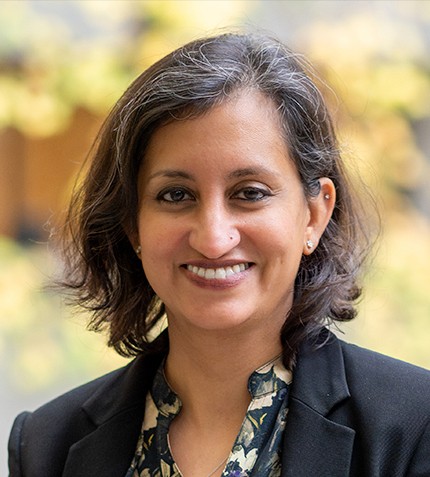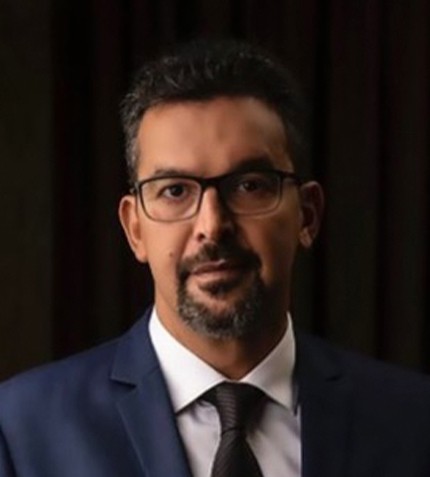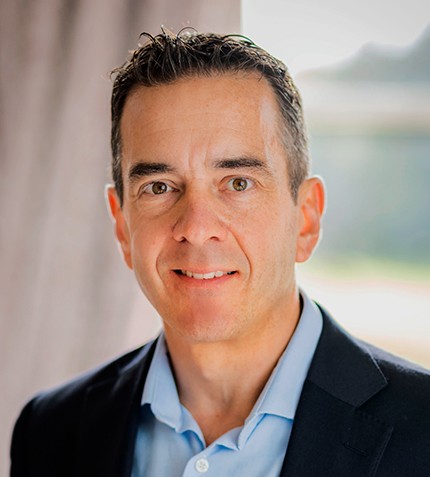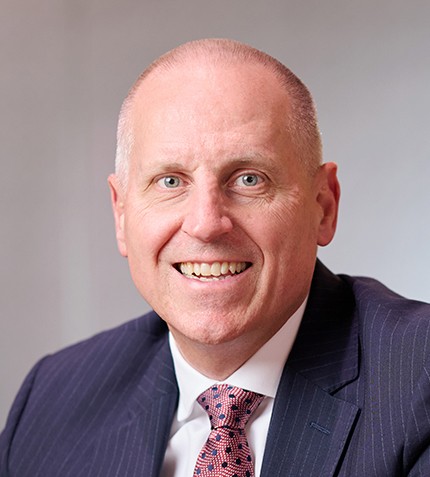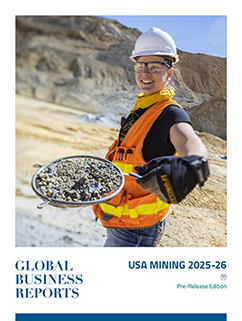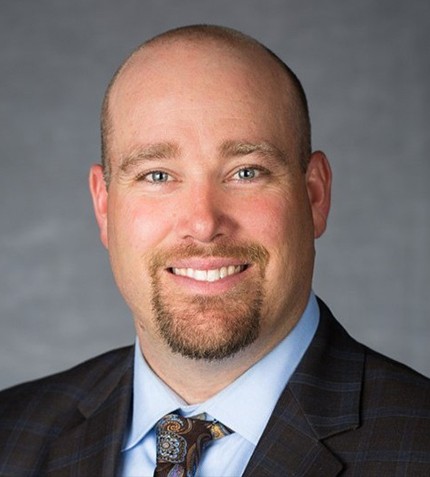
"When we look at critical minerals, projects will face more challenging geology and closer community scrutiny, so that is where our precision electronic detonators, advanced vibration modeling, and emulsion technologies come in."
Braden Lusk
CHIEF TECHNOLOGY AND MARKETING OFFICER, DYNO NOBEL
How does Dyno Nobel balance 160 years of legacy with future innovation?
From Alfred Nobel to William Bickford, our history is defined by technical breakthroughs in blasting, a tradition we continue through dedicated R&D and the practical solutions we develop for our customers.
In this context, we are strengthening our North American infrastructure as part of our global innovation and supply strategy. Our Tooele site in Utah is a state-of-the-art, purpose-built R&D facility focused on advancing blasting science. It is where we develop the next generation of products and integrate digital solutions in parallel. Cheyenne, on the other hand, is a central manufacturing hub that provides supply security and business continuity, producing emulsions, AN prills, and other bulk explosive products. Both sites reflect our strategy of building strong local capabilities supported by a global technology network. Tooele allows us to bring innovation to market faster through pilot plants, while Cheyenne provides the scale and reliability to deliver with confidence.
What pressure points are your mining customers facing today?
They have to boost productivity while meeting ESG goals. One of our recent innovations, Differential Energy 2 (ΔE2), reduces the powder factor by up to 25% and improves fragmentation, resulting in lower energy use, reduced downstream processing costs, and a more sustainable solution. Additionally, we are also developing renewable diesel emulsions and lead-free detonators. Both are undergoing field trials, and earlier results indicate reduced Scope 1 emissions and strong feedback.
How do you support customers through supply chain disruptions?
The past 18 months have brought plenty of volatility with supply chain constraints. That is why local production matters and why we have built a strong domestic manufacturing in North America. On the other hand, collaboration with customers is another key piece, and by understanding their needs early, we can adapt and anticipate potential issues.
How do you see automation, data, and explosive chemistry driving the next transformation in blasting?
We want to simplify the mining production cycle workflow. Take detonators and NPUs, for example: besides initiating blasts, they also generate valuable data that, when linked together, can be used to improve blasting design, track downstream KPIs, and improve efficiency across the full production cycle. The next transformation in blasting will come from combining automation, data and explosive chemistry. Our Nobel Fire digital platform combines predictive design tools, electrically driven delivery systems, and analytics into a single, connected system, providing customers with real-time control, greater precision, and enhanced blast performance at scale. We are also quite focused on the drill-to-mill strategy. Every site is different, but the mill is often the bottleneck. If we can deliver blasted material that flows more smoothly through the mill, our customers gain either more revenue through higher throughput or cost savings from more efficient processing.
Why is collaborating with customers to tailor blasting solutions so important?
We only achieve the outcomes we are seeking by working closely with customers to understand their specific needs and tailoring blasting solutions accordingly. Our DynoConsult team plays a key role in this, setting us apart from competitors. Focusing only on lowering blasting costs on the bench can overlook the broader goals of the operation, so we take the time to understand what success looks like for each customer, then apply the right technology in the right way.
What opportunities and goals does Dyno Nobel have for the upcoming year?
We see opportunity in the growing momentum behind domestic mining and, as permits move faster and new projects come online, we are well-positioned to support that growth with our production footprint. When we look at critical minerals, we know those projects will face more challenging geology and closer community scrutiny, so that is where our precision electronic detonators, advanced vibration modeling, and emulsion technologies come in and help us minimize environmental impacts and meet those challenges head-on.
For 2025, we want to expand the use of our premium electronic detonators. They are safer and more precise than pyrotechnic ones; yet a significant share of the industry still uses the older technology. We aim to scale up renewable diesel emulsion and continue advancing partnerships with advanced solutions. Just as important, we remain committed to zero harm: protecting our people, our communities, and the environment.




